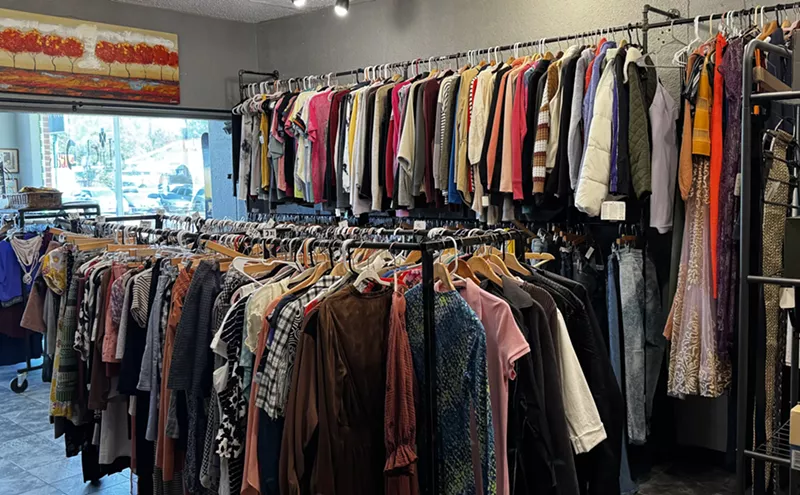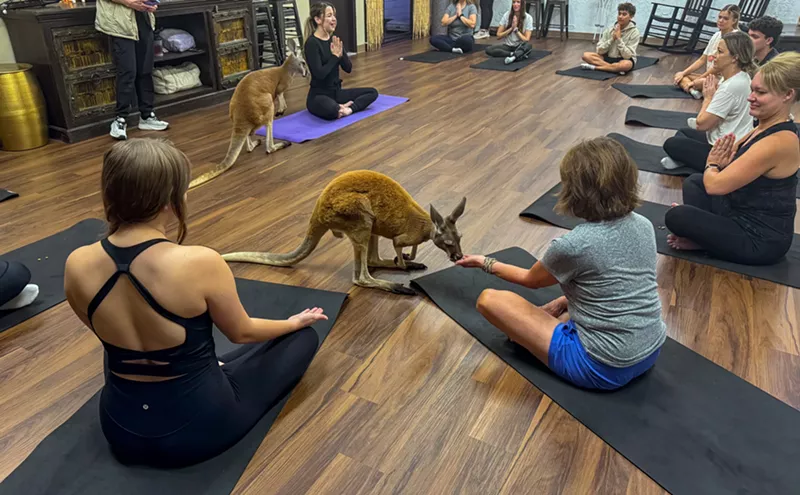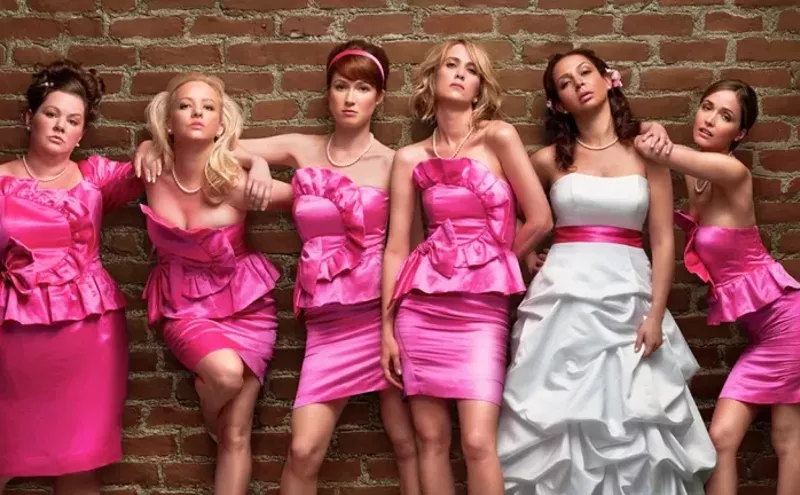No Renaissance bash would be historically correct without flagons (or, in this case, plastic cups) of mead to wash down smoked turkey legs and heighten fan appreciation of good jousting matches. Though the mind-spinning honey wine reached its Anglo peak just as Henry was at his head-lopping pinnacle, it's the world's oldest known alcoholic beverage, a drink whose hedonistic history goes far beyond the days of merry men and graphically murdered maidens -- verily, back to the beginnings of civilization. People who've done their homework say the drink, which first occurred via natural fermentation, was consumed by various indigenous peoples around the globe who considered it one of the better gifts from God to man. Greek gods allegedly loved it, and Beowulf and his pals got sloshed on it at their pre-monster slaying parties. Mead became a popular party guest during the Middle Ages in England, and Shakespeare and numerous other wordsmiths included it in their works and recreational pastimes.
"Mead was the drink of King Arthur and his court, and Lancelot and his men and Guinevere," says Connie Strothman, who, along with her husband Fred, owns the Rocky Mountain Meadery in Palisades. "It was very popular in those days, and it's very popular with Renaissance fans today." Though the mild-mannered Strothmans don't exactly fall into the bacchanalian category, the festival provides them a chance to open a few eyes and palates to mead's merits. Their meadery has been combining honey, water and yeast for five years and makes several versions of the golden elixir, from sweet, dessert-style wines to drier concoctions. They're made with orange-blossom honeys gathered in Arizona and California, syrups that create a strong (between 10 and 14 percent alcohol) wine laced with citrus and floral notes not found in grape vintages. The meadery also makes meads blended with raspberries, cherries and other Western Slope fruits. (The Strothmans' creations are available at area liquor stores.)
Festival director Jim Paradise says that mead "was drunk by the more high-society, wealthier people of the time and was seen as an alternative to ale." In this modern age, one group particularly familiar with mead's special qualities is the forty-odd couples who will probably get married at this year's festival. Some of these pairs are familiar with the drink's age-old reputation for having aphrodisiac properties; ancients also believed that quaffing mead on wedding nights led to the conception of male babies, and the term "honeymoon" is said to have been derived from the matrimonial consumption of mead. "There are a lot of people who get married here that have studied the history kind of obsessively," Paradise says. "They know about mead."
"It was very high in alcohol," Strothman says, "and I imagine that contributed to its popularity back then." Which means modern-day drinkers coming to further their education at this year's festival should partake with care. "Mead has a good kick to it and it does warm the vitals up a bit," Paradise says. "But we're a family show. We're into responsible drinking."












